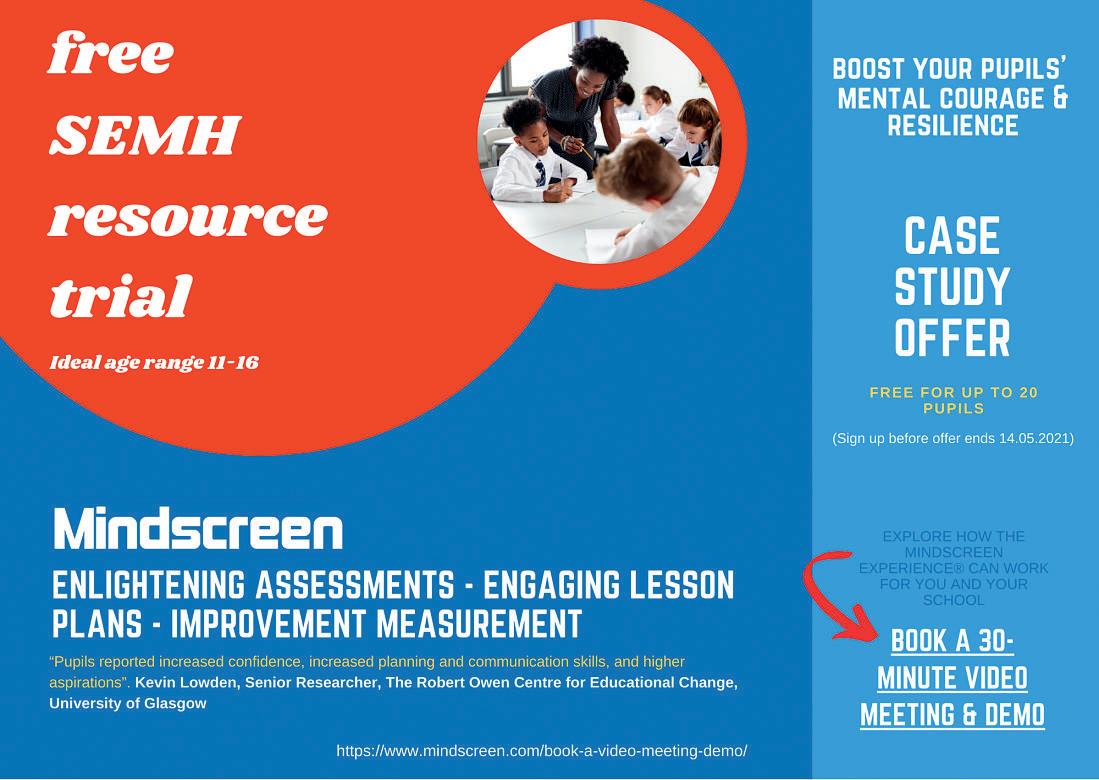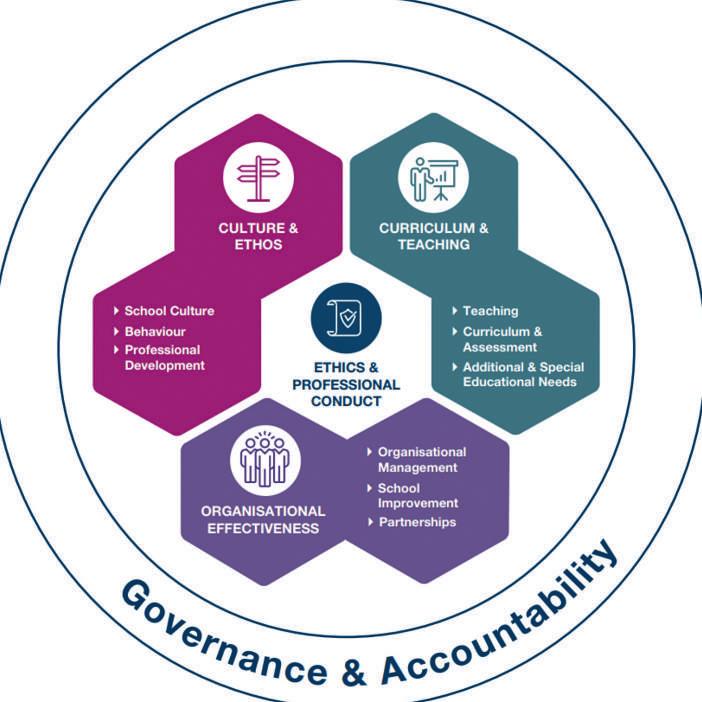
5 minute read
SEN – person
by nasenCONNECT
FEATURE / 35 ➜ SPOTLIGHT
SEN
Person-centred planning
Susana Castro-Kemp, from Roehampton University, looks back at how person-centred planning has evolved, and outlines the university’s research into its impact on young people and families.
nterest in person-centred I approaches in SEND has increased substantially over the past two decades. Developed over 30 years ago in the US, it became particularly central in the UK with the 2001 White Paper, Valuing People (https://bit.ly/3agPG1U).
Person-centred planning (PCP) approaches include a range of principles and practices that reflect the unique circumstances of each child across assessment, planning and intervention. PCP should account for the aspirations and capacities expressed by the child or young person, or those ‘adequately’ representing them. Lastly, PCP should also mobilise the child/young person’s family and wider social network in a fair and just manner, making good use of resources available from the statutory procedures (Mansell & Beadle-Brown, 2004).
In England, the introduction of the Children and Families Act 2014 likely helped to enhance this trend. The 2014 policy for Special Educational Needs and Disabilities (SEND) clearly places more emphasis on the child’s or family’s own voice in the education, health and care planning process, and on participation as the ultimate outcome of holistic provision. It is also possible that the growing popularity of personcentred approaches might have led to the development and implementation of a policy that is (at least in theory) more progressive in the extent to which it considers the interests of the individual child. Nevertheless, it is undeniable that research and professional practice in SEND have moved towards a more person-centred framework, valuing individualisation, access to children’s voices and family involvement. Unfortunately, that did not always translate into higher-quality PCP practices.
Between 2015 and 2020 my team at Roehampton University looked at how some of these PCP principles have been put into practice. A number of obstacles to the implementation of PCP have been systematically identified in research: inadequate and imprecise access to the children’s own perspectives (https://bit.ly/3tVDP1d) poorly designed outcomes (https://bit.ly/3piJ87n), which are not workable low-quality descriptions of needs lacking in detail and specificity (https://bit.ly/2NqJ1cI).
The connection between these problems is the need for a common language and a systematic framework to implement PCP. Practitioners lack systematic guidance on
36 / FEATURE ➜ SPOTLIGHT
how to be person-centred on an everyday basis, and they lack the tools to make PCP workable and transferable across disciplines. It may be argued that such a system is already at our disposal in the International Classification of Functioning Disability and Health (ICF): https://bit.ly/379MYta
The year 2021 marks the 20th anniversary of the publication of the ICF by the World Health Organisation (WHO). It is the classification system that all United Nations members committed to endorse as the gold standard for the documentation of disability. Despite this, the ICF is still not very well known in the UK. Used mainly by occupational therapists and speech and language therapists, the purpose of the ICF is to serve as a framework and system to support the documentation of children’s needs in an individualised yet holistic manner, involving biological, psychosocial and environmental dimensions of children’s lives.
The ICF enables a person-centred approach to documenting disability, applicable in any area of SEND provision,
D R S U S A N A C A S T R O - K E M P
Susana is a Reader in Education at Roehampton University. She specialises in inclusion and developmental disabilities and has published extensively on education policy, early childhood intervention and mental health and wellbeing in young children. including statutory services or SEND support. Its potential to promote adequate documentation of the education, health and care planning process has been widely demonstrated but it can extend to other areas of the SEND system, such as the development of individualised education plans, for example.
The ICF is accessible both through a browser on the WHO’s website and as a manual. The taxonomy provides detailed descriptions of all possible body functions and structures, activities, forms of participation and environmental factors that can be relevant in describing the individual circumstances of one particular child. Moreover, it provides a level of detail that we often see lacking in statutory documentation (for example, within the code relating to having a conversation, we can specify whether the child’s difficulty or ability, is in initiating the conversation, sustaining it, or terminating it, or all of the above).
It has been shown that most statutory documents lack this level of detail, thus becoming mere policy documents, which are not workable. The ICF provides a menu
of everyday life aspects that support practitioners in the individualisation process, from the individual to the environment, supporting the development of a unique ‘picture’ of each child, with consideration for all areas of life.
It follows that a contemporary approach to PCP in SEND could and should promote familiarisation with the ICF system, across education, health and social care sectors. The development of resources to support practitioners in England to adopt the ICF in their daily practice is under way (https://bit.ly/2OtkJz4). Workshops for teams and professionals, as well as the inclusion of the ICF in the syllabus of special education courses, have received extremely positive feedback and can be scaled-up (https://bit.ly/3anO8DD). Guidance is being developed on how to use the ICF with children and families to accomplish descriptions of children’s needs and aspirations that truly reflect their own perceptions (https://bit.ly/3qjOpgf). This work is ongoing and is continuously being adapted to the needs of children, parents and services.























